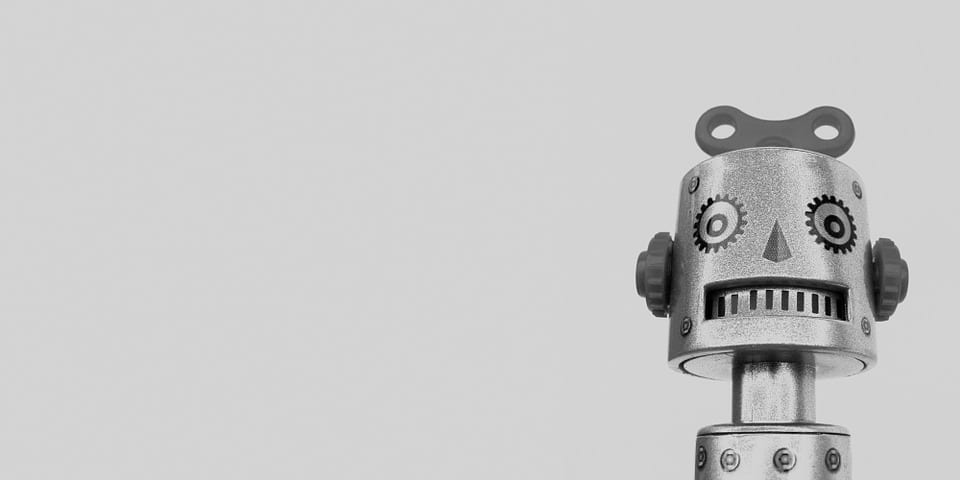When I mention robots in the work place, I’m not necessarily referring to the futuristic, five or so foot tall robot walking around everywhere. Why think that far ahead when you can go to Chili’s and pay your bill using the little tablet computer installed at your table.
It’s easy to see why robots’ efficiency is compatible with most working facility’s interests; they don’t require health insurance, they’re always on time, they can work 24-hours a day and they can basically run a factory while you’re sleeping.
For companies, the main interest is reducing cost, and as long as customers don’t care if their cars are built in assembly lines by robots and only see the final product, they can also care less. We’d be contradicting ourselves if we express how awesome technology and new advances are and at the same time complain about the fact that it’s replacing workers.
The fear of technological unemployment isn’t new. What’s happening now is no different from the 1800s when new technology created more jobs than they destroyed. According to a study conducted by James Bessen of Boston University, two hundred years ago, approximately 70 percent of American workers lived on farms. Today, all but one percent of their jobs have been eliminated; the workers and their work animals were replaced with machines.
These displaced workers certainly didn’t have to sit jobless; the so-called machines created hundreds of millions of jobs in entirely new fields. And since then, wave after wave of new jobs has kept coming.
The same logic applies now and will apply in the future. Someone has to design, program, service and coordinate the robots and other digitized processes. Today’s occupations will be replaced by automation, but job creation is inevitable.
Human contact is wanted and needed in places where it seems outdated. Logically, ATMs should have wiped out bank tellers. In reality, the same study by Bessen showed that the number of tellers is above its 1990 level.
The fear of technological job loss is real, but it’s exaggerated because it usually occurs after a period when deep employment losses for other reasons like financial crises and great recessions. These economic forces have made people extra sensitive to any threat to their financial situations.
It is difficult for humans to keep up with the rate of changing information, but machines adapt to change faster and more predictably and can process large sets of data in real time. Artificial intelligence doesn’t necessarily replace people. Instead, robotics can actually empower humans with information to help them make the best informed decisions.
We have to face this vague fear that the continual advancements in technology will automate more jobs and replace people; however, jobs will always exist. Don’t feel like victims of artificial intelligence and technology, and think of all the benefits robots bring to our lives.
While a robot bartender won’t give you a freebee for a big tip, nor will it sympathize with you over your relationship problems, a robot is definitely good enough for inspecting every square millimeter of every CAT scan and detect cancer cells, so get over it.


